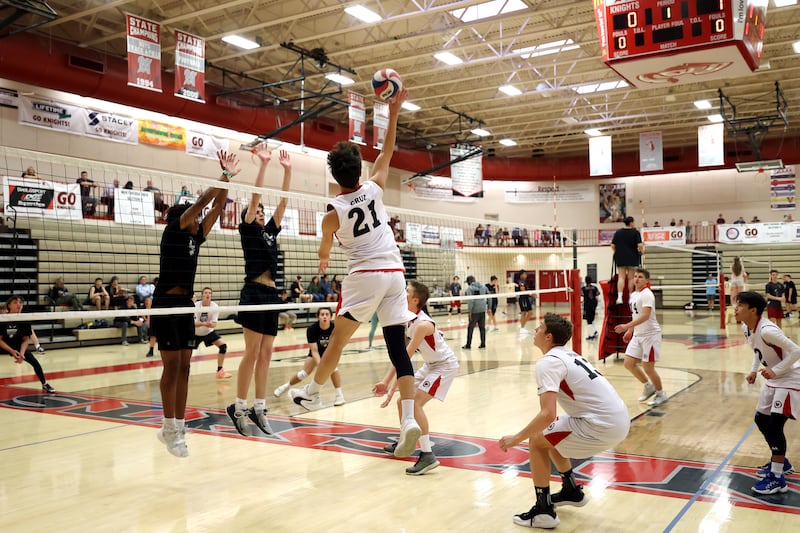After being denied sanctioned status by the UHSAA board of trustees the previous two years, the timing was finally right for boys volleyball this spring.
By a 10-4 vote in March, the board approved boys volleyball becoming a sanctioned sport beginning with the 2023-24 school year; it will spring sport. Two years ago the board tabled the vote on boys volleyball despite the sport meeting the emerging sport qualifications by the UHSAA. Last year the vote went 9-5 against sanctioning.
The third time was the charm in 2022, and Jill Davis — an instrumental figure in the push to get volleyball sanctioned — said everyone in the community is thrilled.
“We’re grateful for the UHSAA and recognizing that we did meet all the qualifications as an emerging sport for their new policy and we’re really grateful for their willingness to take it on and implement it throughout the state,” said Davis, who helped found the Utah Boys Volleyball Association back in 2015. “Truly a victory for the whole volleyball community,”
Davis helped found the UVBA along with Warren Van Schalkwyk seven years ago after struggling to find basic information about Bingham’s club boys volleyball when her sons were heading into eighth and ninth grade. She had heard about how good the team was, but the school didn’t really have any information to share and she eventually found out they practiced at random churches and that the games were never actually played at Bingham.
She felt there had to be a better way.
The UBVA primarily overseas the boys club volleyball scene in the fall, but in the spring in recent years it’s helped high school club teams become more unified in helping build a better resume for sanctioning. Davis said becoming officially sanctioned by the UHSAA is a game-changer for boys volleyball.
“For them to be able to have all the perks that the other athletes get is going to be awesome. The other thing is the stability and consistency that UHSAA offers,” said Davis.
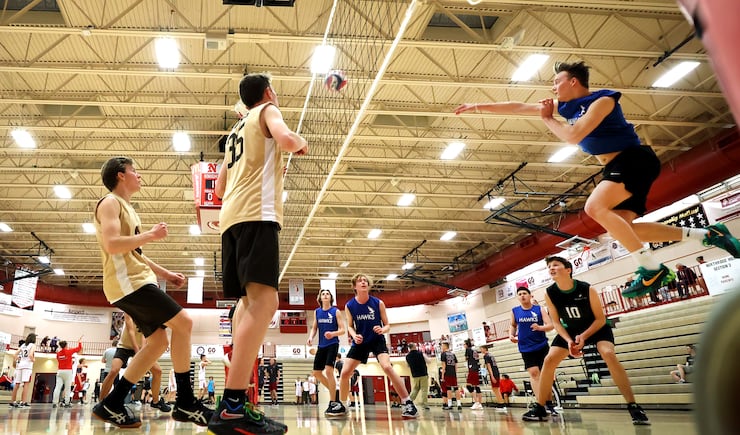
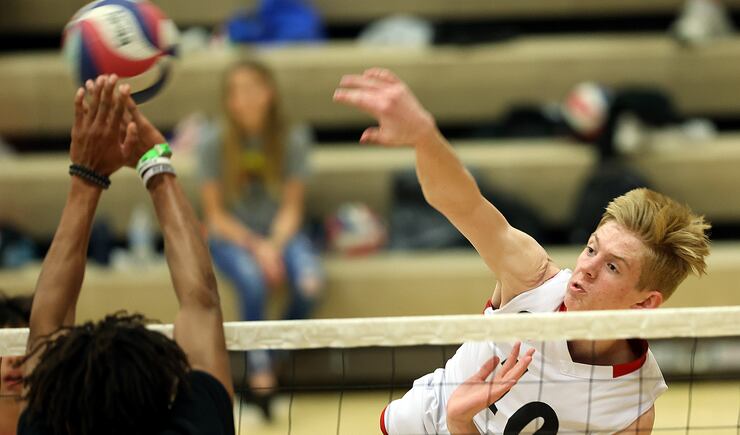
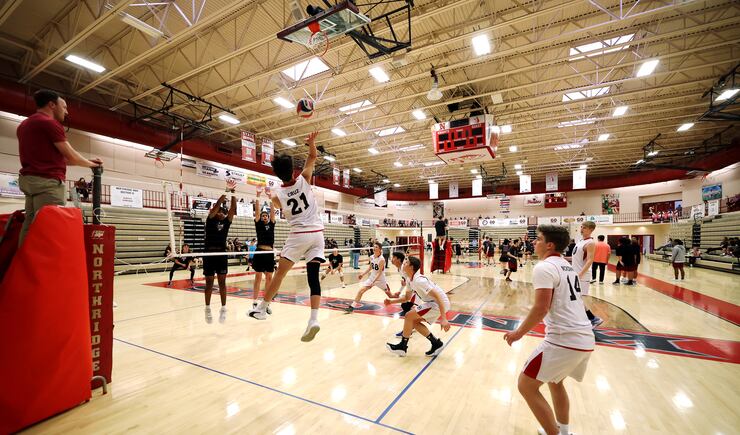



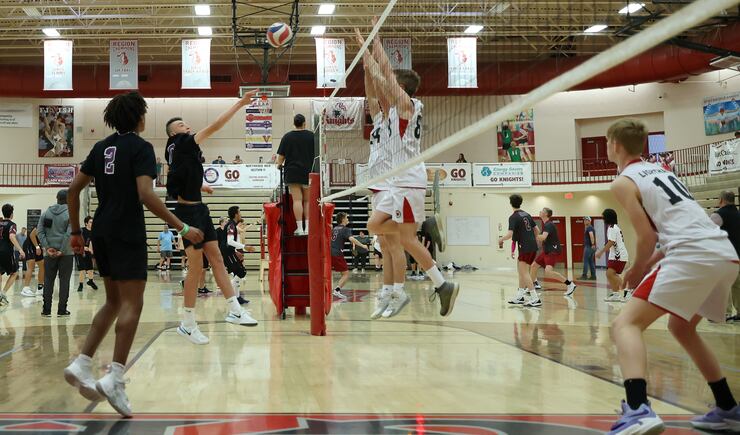
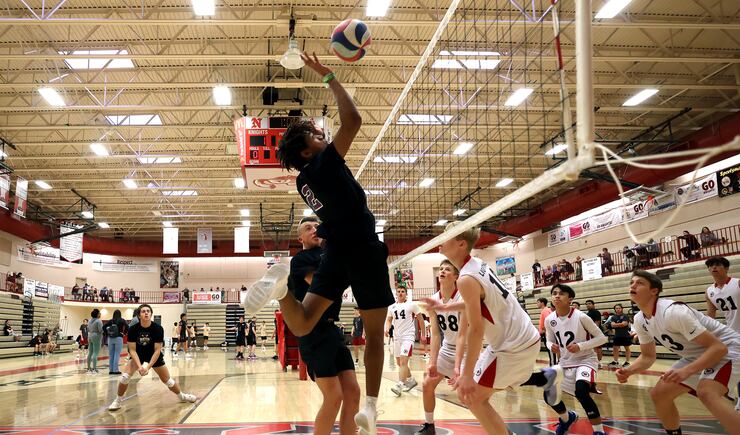
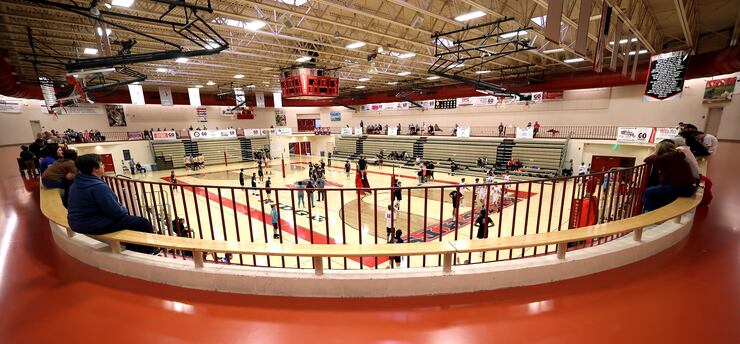

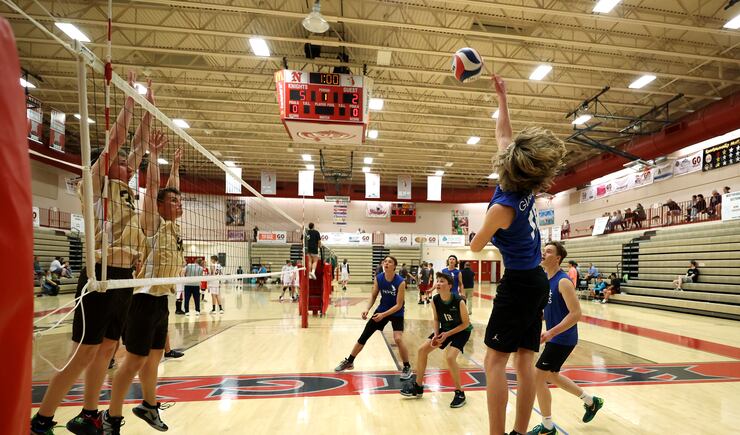
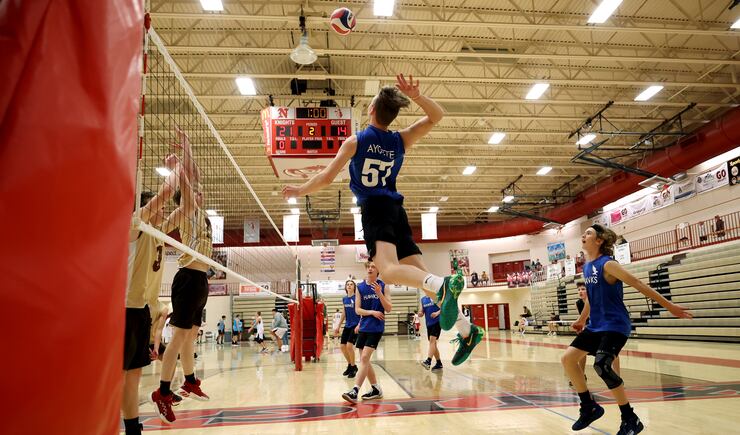
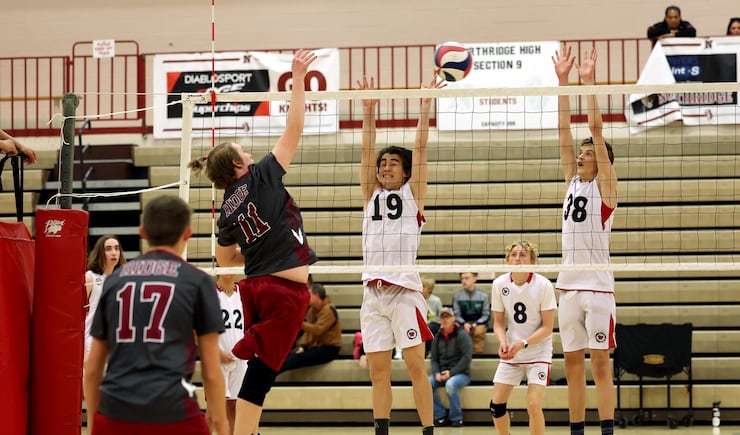
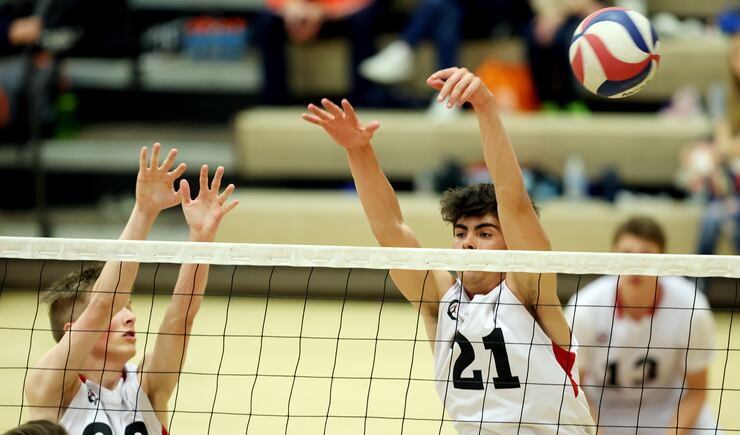
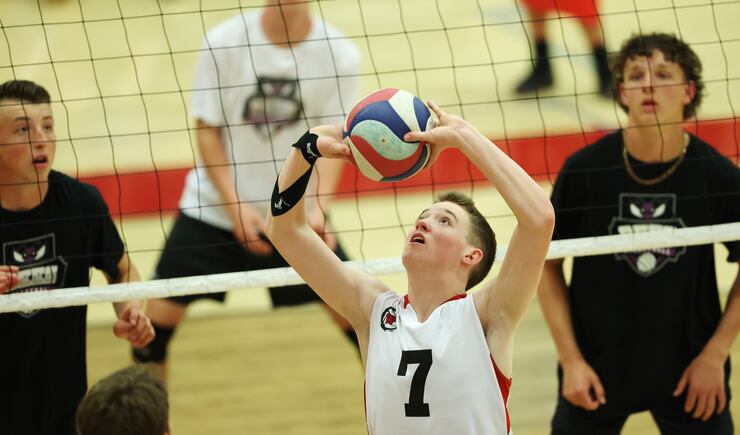

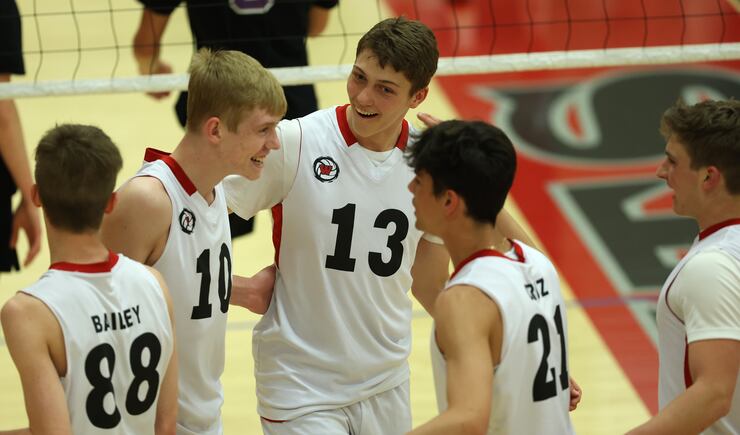
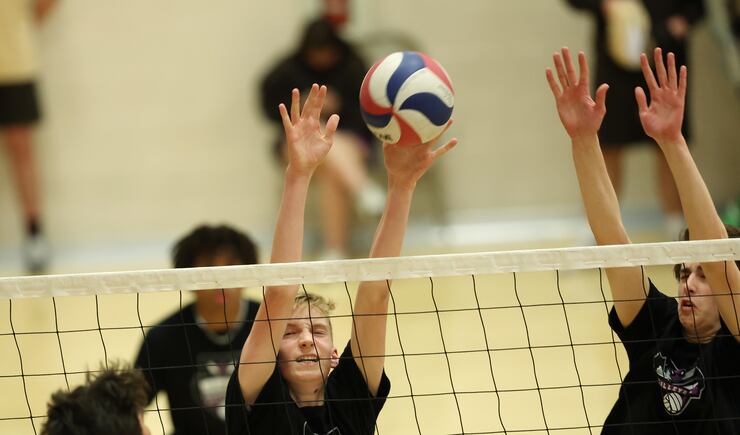
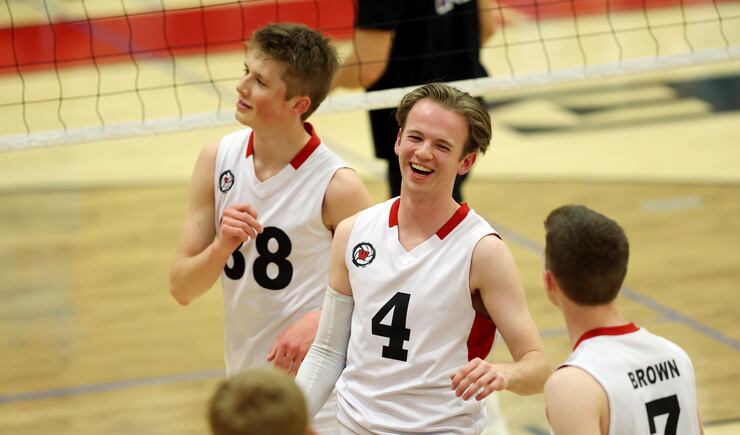
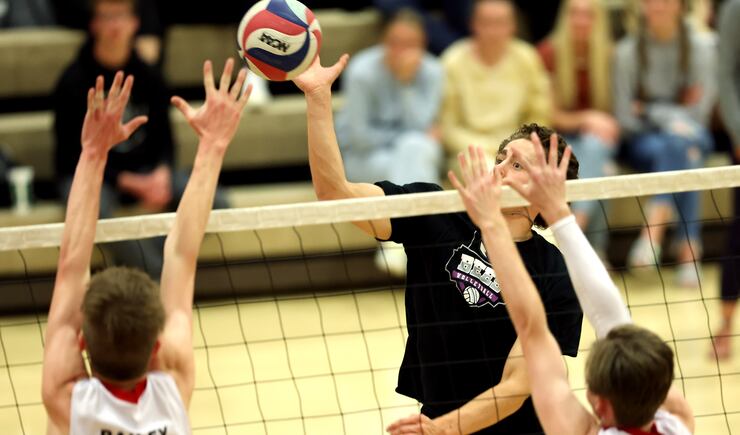
Davis’ sons graduated from Bingham in 2018 and 2020 and between the two of them they helped Bingham win three high school club state championships. It’s the things they didn’t get to experience that kept Davis motivated to continue to push for UHSAA sanctioning after her sons graduated.
“This legitimizes and integrates them into the school community as an athlete,” said Davis.
Between playing games in their own high school in front of their own peers, to having team pictures in the yearbook, to have upcoming games announced over the school intercom, to having cheerleaders at matches, those are all perks that Davis said future boys volleyball players will benefit from.
Currently, there are three high school leagues — Salt Lake, Northern and Utah Valley. They all play their own independent seasons, and then on May 6-7 the top teams from all three leagues come together for a 16-team state tournament at Wasatch High.
Between those three leagues, 38 schools are fielding varsity teams, with several more fielding junior varsity teams.
Projecting toward the spring of 2024 there’s no telling how many more schools will participate that inaugural season, but for current Wasatch boys coach Duke Mossman, he expects those numbers to keep rising. It may be decades before boys volleyball reaches participation levels like girls volleyball — 140 schools participated last fall — but Mossman is excited to have a tangible starting date to build on.
He feels bad for players in the classes of 2022 and 2023 who won’t get to experience all the advantages that come with being a sanctioned sport, but he’s thrilled for the class of 2024 kids because he knows sanctioning wasn’t a shoe-in this time around based on mixed support in the larger schools.
While most of the schools that participate in the current spring high school league are 6A and 5A schools, three of the four no votes from the board of trustees came from 6A/5A reps.
The concerns expressed by the “nay” voters included the challenges of adding another sport so close to the UHSAA adding boys and girls lacrosse a few years ago. Their inaugural seasons were supposed to be in 2020, but COVID-19 canceled all spring sports that year. Last year was the first full season for lacrosse.
By adding another sport in the spring, some board members were concerned that it stretches an already-thin administrative staff even further to make sure all the events are supervised. Some school districts are still dealing with a bus driver shortage, which is a concern as well.
Despite the busy season, Davis said it was important to push for boys volleyball as a spring sport as that’s when the majority of other 16 states who sanction volleyball around the country hold their season. Among those 16 states are neighboring Arizona, Nevada and Colorado.
Those associated with the push to get boys volleyball approved understand the challenges their sanctioning adds to schools, but they’re pleased that enough administrators showed a willingness to work through those challenges to provide opportunities for more students to participate in high school sports.
Davis said 90% of the students participating on the high school boys volleyball club teams this spring don’t play other sports.
“It’s drawing a very specific crowd and meeting a specific need. Maybe they don’t like contact sports, but want to play a fast-paced, athletic aggressive team sport,” said Davis.
With sanctioning inevitability providing more stability in the future, the likelihood exists of more athletes crossing over and playing multiple sports, particularly basketball players.
Heading into the final two weeks of the regular season in the Northern Utah league, Weber sits in first place, followed by Sky View and Farmington. Ten schools have teams participating in the northern league.
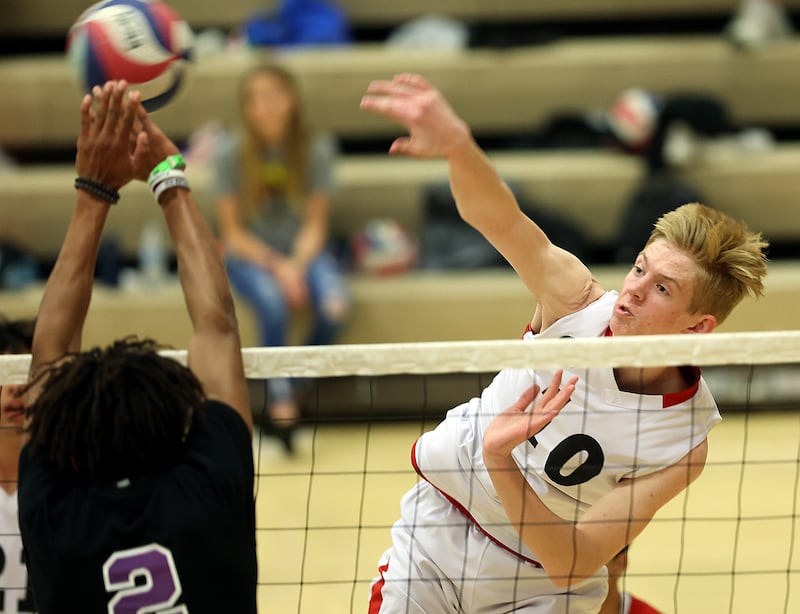
In the 12-team Salt Lake league, Olympus won the regular-season title, with the league now in the middle of its playoffs for seeding into the state tournament.
In the 16-team Utah County varsity league, Springville is the only undefeated team with a 10-0 record as it looks to earn a top seed for the state tournament.
In past years there’s been a league in Washington County, but only two schools had enough players to field teams this season.
Each league has variations on how they’re organized and the format of their seasons, including differences in fees players must pay to compete. League games are usually held at one site on a given night. Mossman said that recently the Utah County League had 12 teams crammed into three courts at Orem High for a night of matches.
“And it’s still a blast, don’t get me wrong. But just the option now to play on your home court, like the girls do, in front of the fans and parents and grandparents is going to be awesome,” said Mossman.
The current charter/private school league held its season last fall, with 12 schools fielding a varsity team. Mossman said most of those schools already hold their matches in the high school gyms.
With girls wrestling and lacrosse each finishing up their second UHSAA sanctioned seasons this school year, and competitive cheer becoming sanctioned next year, the addition of boys volleyball in the spring of 2024 raises the portfolio of sanctioned sports in the UHSAA umbrella to 24.
The 11 boys sports effective for the 2023-24 school year will be football, cross-country, golf, wrestling, basketball, swimming, baseball, track and field, tennis, lacrosse and volleyball.
The 13 girls sports will be volleyball, cross-country, tennis, soccer, basketball, drill team, cheer, wrestling, swimming, golf, lacrosse, softball and track and field.

